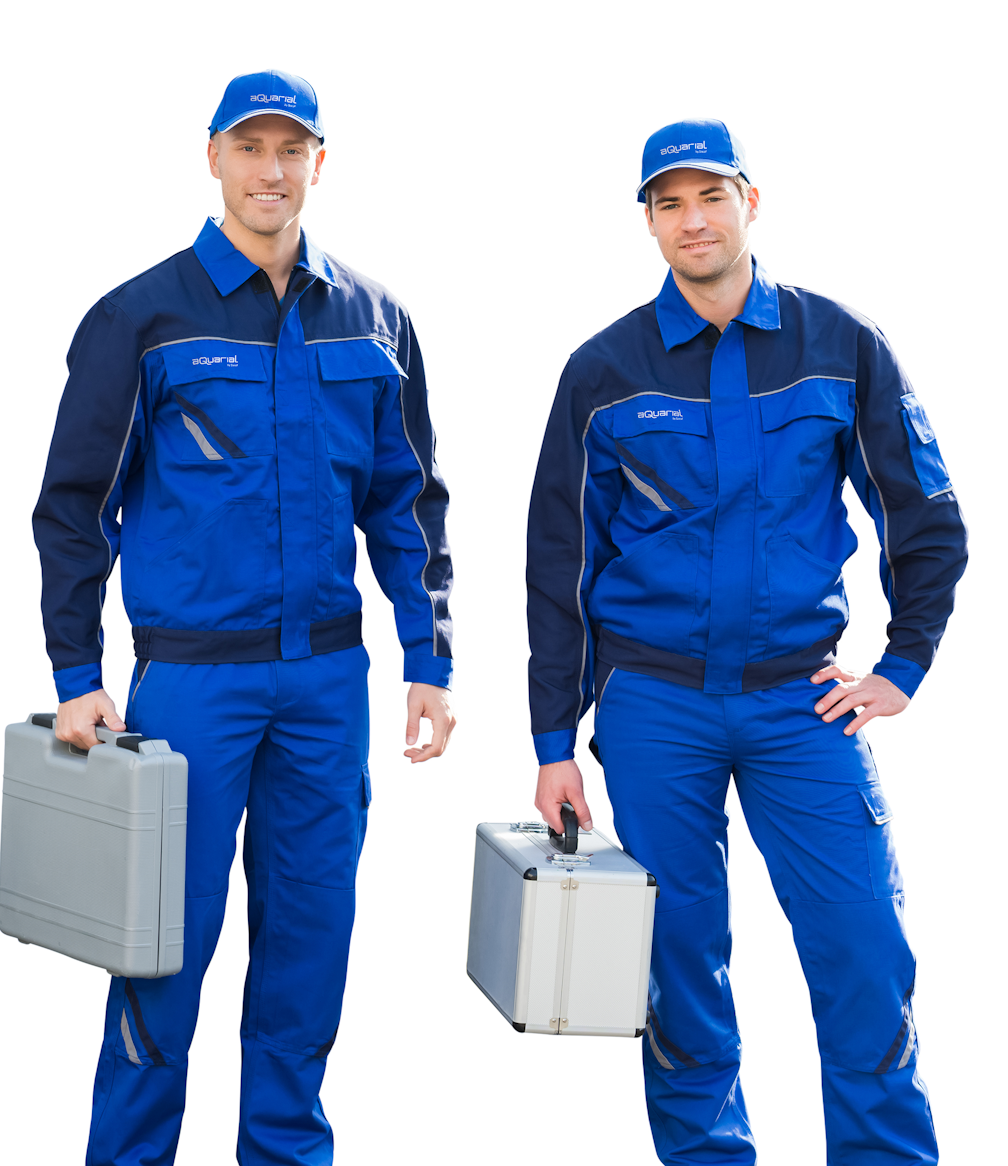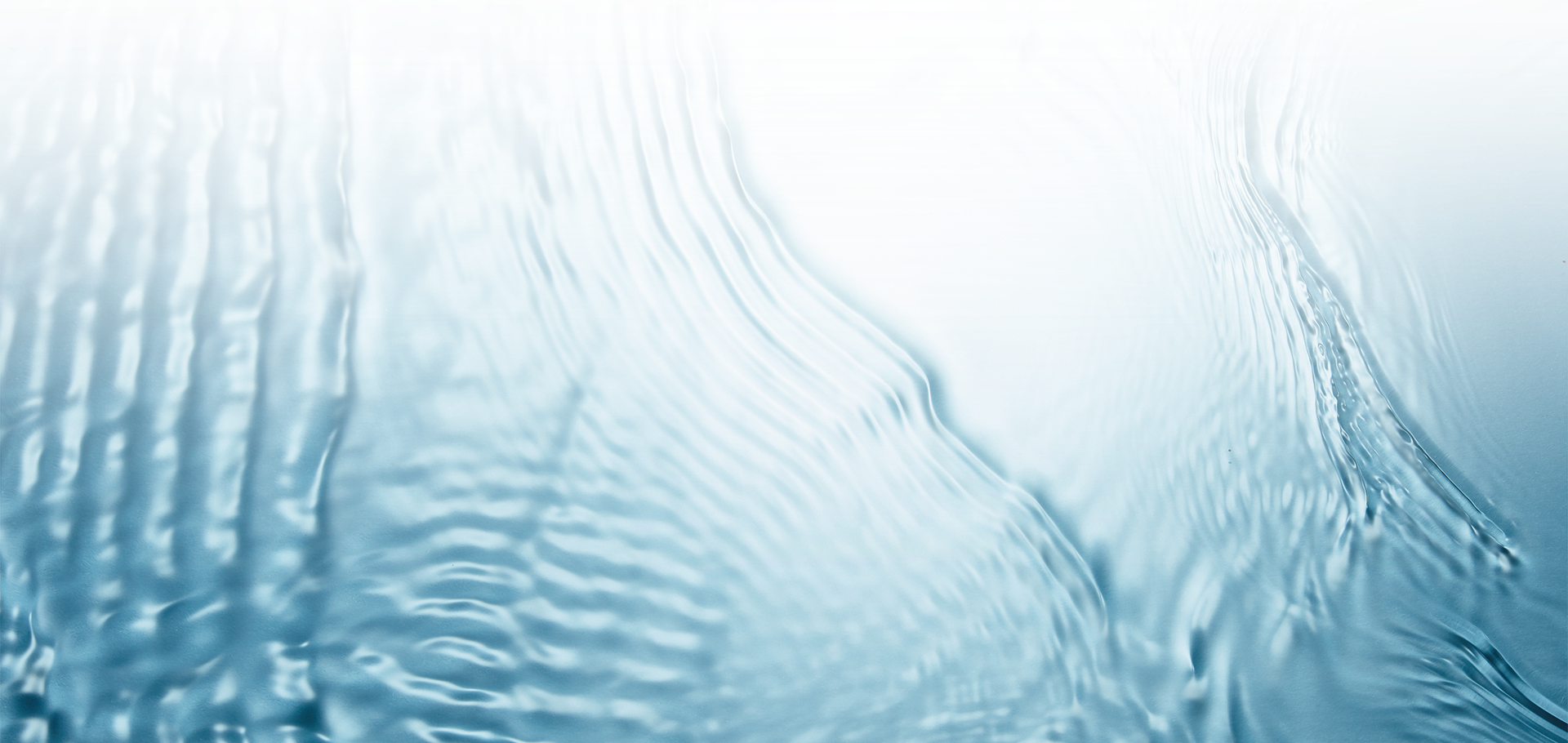Introduction
How does evaporative cooling work?
Evaporative cooling is an air conditioning technique that uses the principle of water evaporation to reduce the air temperature.
With modern evaporative coolers or air coolers, the air is made more humid by adding water vapor, thus approaching 100% relative humidity. The evaporation of water occurs thanks to the heat contained in the air, which absorbs the water vapor and loses part of its heat, thus lowering the temperature of the rooms.
Evaporative cooling uses the physical properties of air, which can absorb a certain amount of water vapor depending on its temperature. Dry air can absorb more water vapor than humid air, and warm air can hold more water vapor than cold air.
Evaporative cooling
The evaporative cooling processes
Evaporative cooling occurs by passing air through filter panels saturated with water. During the passage, the warm external air causes a partial evaporation of the water and is reintroduced into the environment cooler and cleaner.
An internal fan draws in air from the environment and directs it against a special evaporating panel
The evaporative panels are made of cellulose, and are constantly wetted by water, thanks to a cold-water distribution and pumping system.
The air passes through the water-soaked alveoli of the evaporating panel, and cools down by giving off its heat to the water, which evaporates.
A series of diffusers or fans returns to the environment the air refreshed, cleaned and sanitized from gaseous pollutants
At the end, the cooler automatically drains the residual water contained inside it, to avoid stagnation.
Evaporative cooling can be implemented using various techniques, such as direct adiabatic cooling, combined indirect/direct cooling, and indirect adiabatic cooling.
Advantages
The benefits of evaporative cooling
Evaporative cooling is an efficient and environmentally friendly cooling solution, with several advantages over traditional air conditioning systems.
Adiabatic Cooling Pros and Cons
Evaporative cooling is a cheap, safe and environmentally friendly choice that provides numerous benefits to users, providing a comfortable and productive climate for manufacturing plants, distribution centres, office buildings and private homes.
Adiabatic cooling is a sustainable and energy-efficient cooling method. Evaporative cooling systems use only 10% of the energy needed for mechanical cooling. Cooling as well as traditional cooling systems, evaporative cooling guarantees high energy efficiency and low consumption.
Furthermore, unlike mechanical cooling, evaporative cooling does not recirculate the internal air, but introduces fresh air, filtered and cleaned from odors, dust and germs. As a result, the air quality improves substantially making the environments more comfortable and reliable for the well-being and productivity of users.
The costs of purchasing, installing and managing evaporative coolers are up to 10 times lower than traditional air conditioning systems, guaranteeing savings also in economic terms. Finally, adiabatic cooling does not use refrigerant liquids or gases harmful to the atmosphere and, thanks to the principle of evaporation, does not waste water and electricity, which makes it a sustainable and eco-friendly choice.
Evaporative Cooling Installation Costs
The cost of installing and operating an evaporative cooling system depends on the type of system used, as well as the amount of cooling and ventilation needed. Some systems may require more electricity and water vapor than others, and larger spaces or buildings may require more units to provide optimal cooling and ventilation. In all cases, evaporative cooling is the most cost-effective and sustainable solution, especially when compared to an air conditioner.
Mobile models do not require any type of installation and minimal maintenance. Fixed models, on the other hand, require a higher economic investment as they require installation, but the costs are still significantly lower than air conditioners. In fact, an air conditioner, in addition to a higher initial price, may require the intervention of specialized labor and demanding maintenance with monthly cleaning of the filters and annual verification of the operating status.
The low cost of operation also makes evaporative cooling the most sought-after solution. The operating costs of an evaporative cooling system mainly depend on two components: electricity consumption and water consumption. Since the consumption of these components is minimal, the operating cost of an adiabatic cooling system will also be low.
Indirect and direct evaporative cooling
Evaporative cooling can be implemented using various techniques such as direct adiabatic cooling, combined direct/indirect evaporative cooling and indirect adiabatic cooling.
Used mainly in large environments where there are numerous machines that emit heat, direct adiabatic cooling is the simplest solution to increase relative humidity in environments characterized by dry heat. Its operating mode does not require additional mechanical components. The main limitation of direct evaporative cooling is the possibility that it creates conditions of discomfort, in environments where there is significant production of latent heat. Its main advantage is linked, instead, to low management costs.
Indirect evaporative cooling is more complex than its direct counterpart and requires the use of a heat exchanger, a machine that allows the exchange of thermal energy between liquids of different temperatures. In the first phase, there is the evaporation of water and in the second phase, through the heat exchanger, the air is cooled before being recirculated in the environment. Unlike direct evaporative cooling, indirect cooling is particularly suitable for environments that require greater climate control with regard to air purity.
Although in both cases they are solutions with low management costs, easy installation and maintenance, direct evaporative cooling systems are the most recommended to meet a wide range of needs. Usable in different environments, from industrial warehouses to schools and hospitals, direct evaporative coolers allow you to create a comfortable and safe environment for users.
Evaporative Cooling: Maintenance and Cleaning
An evaporative cooler has an almost continuous season of activity and a season of rest. For this reason, ordinary maintenance of cooling systems is always necessary at the end of the hot season to store the machines in the cold months.
For the evaporative cooler to function properly and maintain its essential functions, it is necessary to clean some of the internal components, including the valve, tank, filters and panels. All the parts that make up the device can be cleaned using simple tools, such as a brush, a damp cloth or untreated or demineralised running water, clean and with low limescale content. On the contrary, limescale remover should be avoided as it could compromise the functioning of the system.
Although these are relatively easy to clean devices and can be kept in good condition over time, before cleaning them yourself it is advisable to seek advice from experts and professionals in the sector. Maintenance and control of a system of this type must be carried out periodically, preferably once a year and before the arrival of the summer season. The costs associated with the maintenance of the system are minimal and up to 10 times lower than traditional air conditioning systems.
Our e-commerce
Fresh, clean and sanitized air
Adiabatic evaporative cooling is the oldest known system for cooling environments, and uses the natural physical principle by which water, evaporating, lowers the temperature of the surrounding environment. The adiabatic system produces refrigeration through the exchange of energy between water and air.
The numerous air changes guaranteed by the evaporative cooler system keep the environment fresh and pleasant: they eliminate dust, stale air, odors, germs and also contribute to reducing the viral load present in the air.
According to the Istituto Superiore di Sanità (ISS COVID-19 Report n° 33/2020), 99.9% of gaseous pollutants are eliminated every 20 minutes with just 15 air changes.
This is a solution suitable for cooling medium and large industrial environments, but also for cooling individual machines or work islands. Fresh air is also diffused in the case of environments with open doors and windows.
Indications on ventilation and air conditioning systems
Indoor air quality and microclimate, also modulated by external seasonal conditions, can represent key factors in the transmission of infections and in seasonal epidemiological models in indoor environments. Adequate ventilation and regular air exchange are necessary to ensure their healthiness by reducing the concentration of particulate matter and biological pollutants. Based on the above, with the spread of the pandemic, in 2020 the Istituto Superiore di Sanità studied the impact of ventilation and air conditioning systems in the proliferation of Covid-19 and provided some indications in this regard.
According to these studies, the potential presence of infectious droplets in an environment in which there is a subject contagious for COVID-19, at the same time as the presence of a ventilation and air conditioning system in operation (and without air exchange), entails the risk that SARS-CoV-2 may be transmitted remotely through the air distribution ducts or persist in the environment with consequent potential re-introduction of contaminated air into the environment and therefore an increase in the probability of transmission of the virus.
It was then noted how significant the impact of air exchange through ventilation is on the dilution of the viral infectious load and, according to the ISS COVID-19 Report n° 33/2020, it is possible to consider that with a ventilation system, such as the one created with Aquarial evaporative coolers, only 15 air changes per hour are sufficient to remove 99% of suspended particles (aerosols) and gaseous pollutants from the air in just 20 minutes.
A complete service
Installation tailored to your needs

Aquarial's mobile and fixed evaporative coolers are the cheap and ecological solution for cooling and sanitizing the air of large production spaces, even with doors and windows open.
-
Starting analysis
We define your cooling needs together through an inspection of your premises.
-
Planning and installation
We plan the most suitable solution for you and install it according to high safety standards.
-
After-sales service
We are also available after installation, for assistance and ordinary and extraordinary maintenance.
-
Industry 4.0 control
With the internal components developed by Aquarial and through a dedicated app you can monitor the coolers and control them remotely at any time.
Installation tailored to your needs
Aquarial's mobile and fixed evaporative coolers are the cheap and ecological solution for cooling and sanitizing the air of large production spaces, even with doors and windows open.
-
Starting analysis
We define your cooling needs together through an inspection of your premises.
-
Planning and installation
We plan the most suitable solution for you and install it according to high safety standards.
-
After-sales service
We are also available after installation, for assistance and ordinary and extraordinary maintenance.
-
Industry 4.0 control
With the internal components developed by Aquarial and through a dedicated app you can monitor the coolers and control them remotely at any time.

